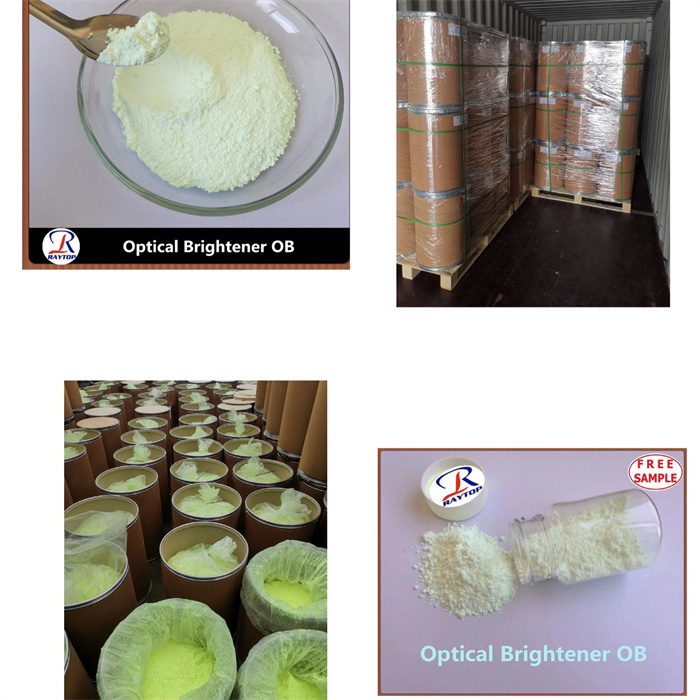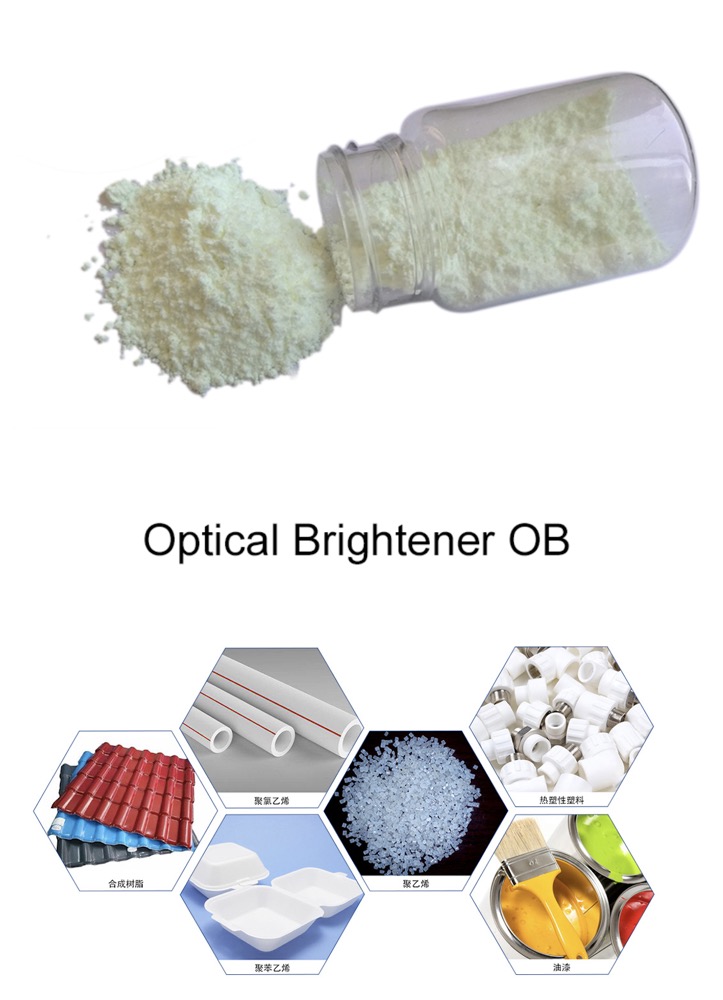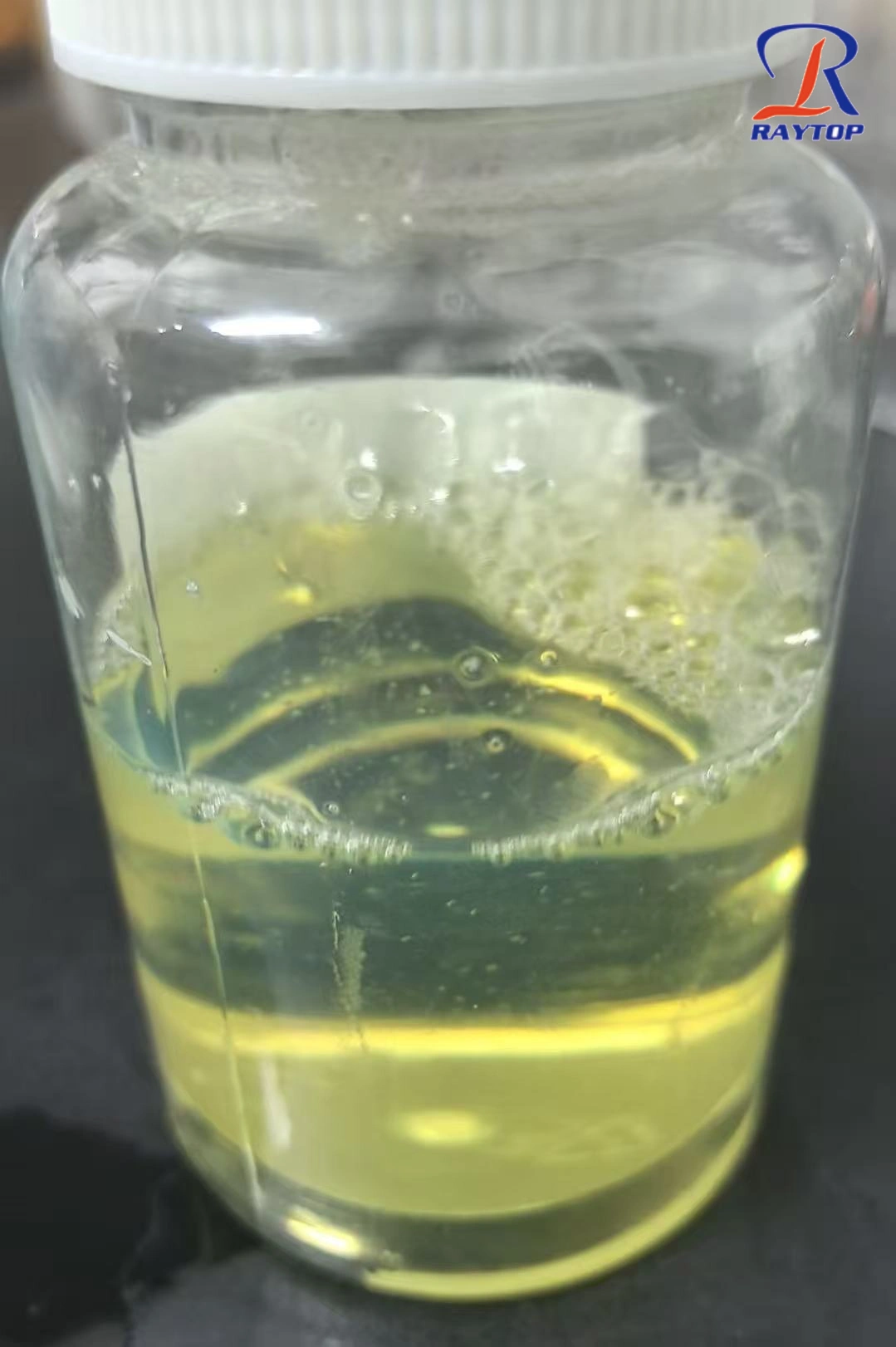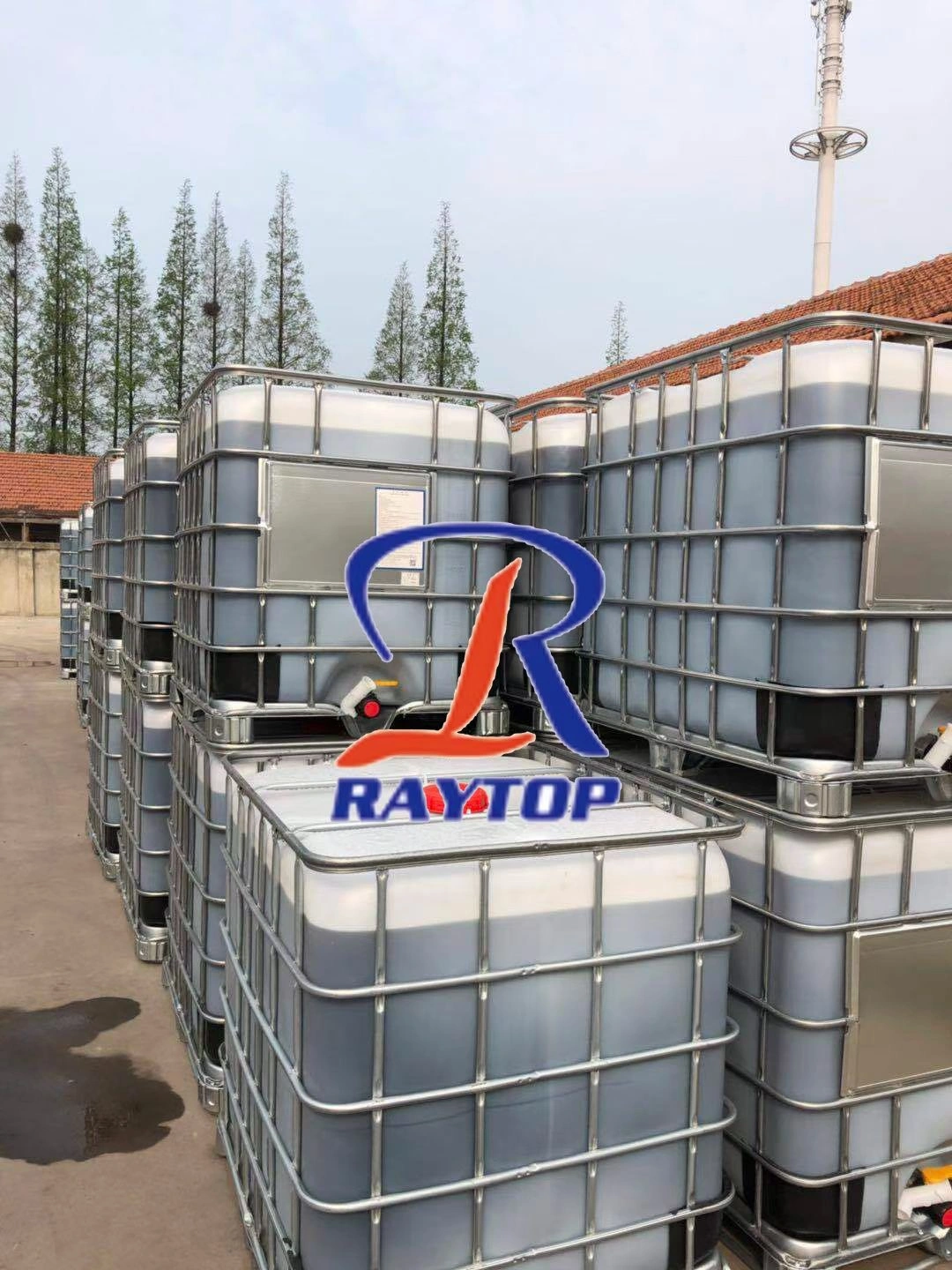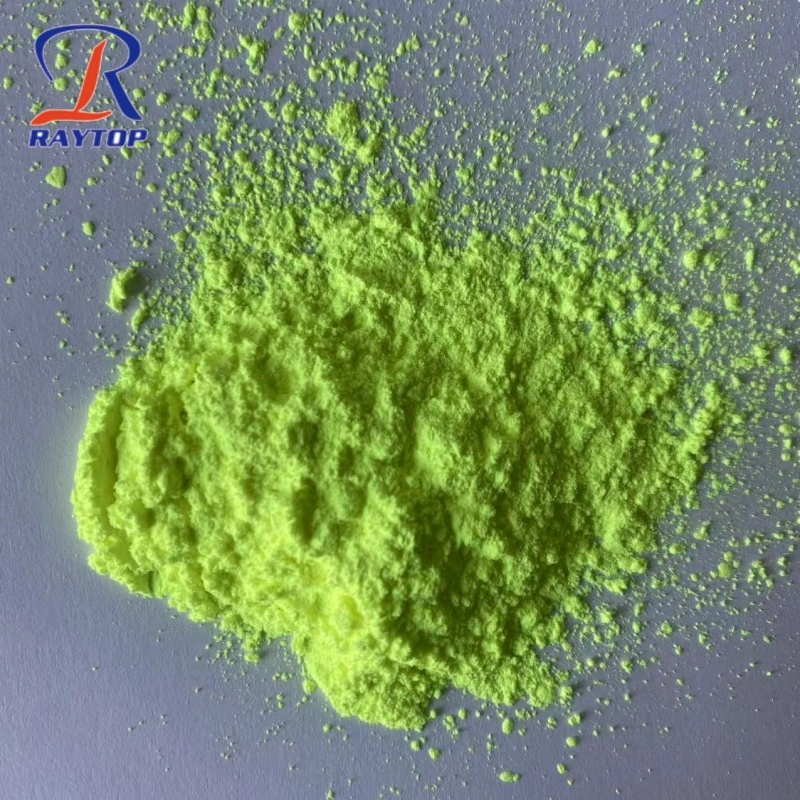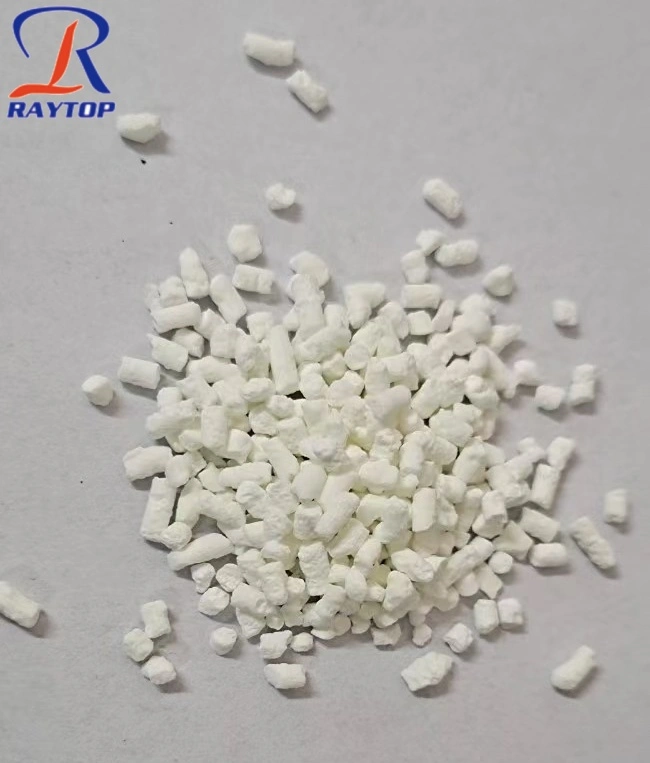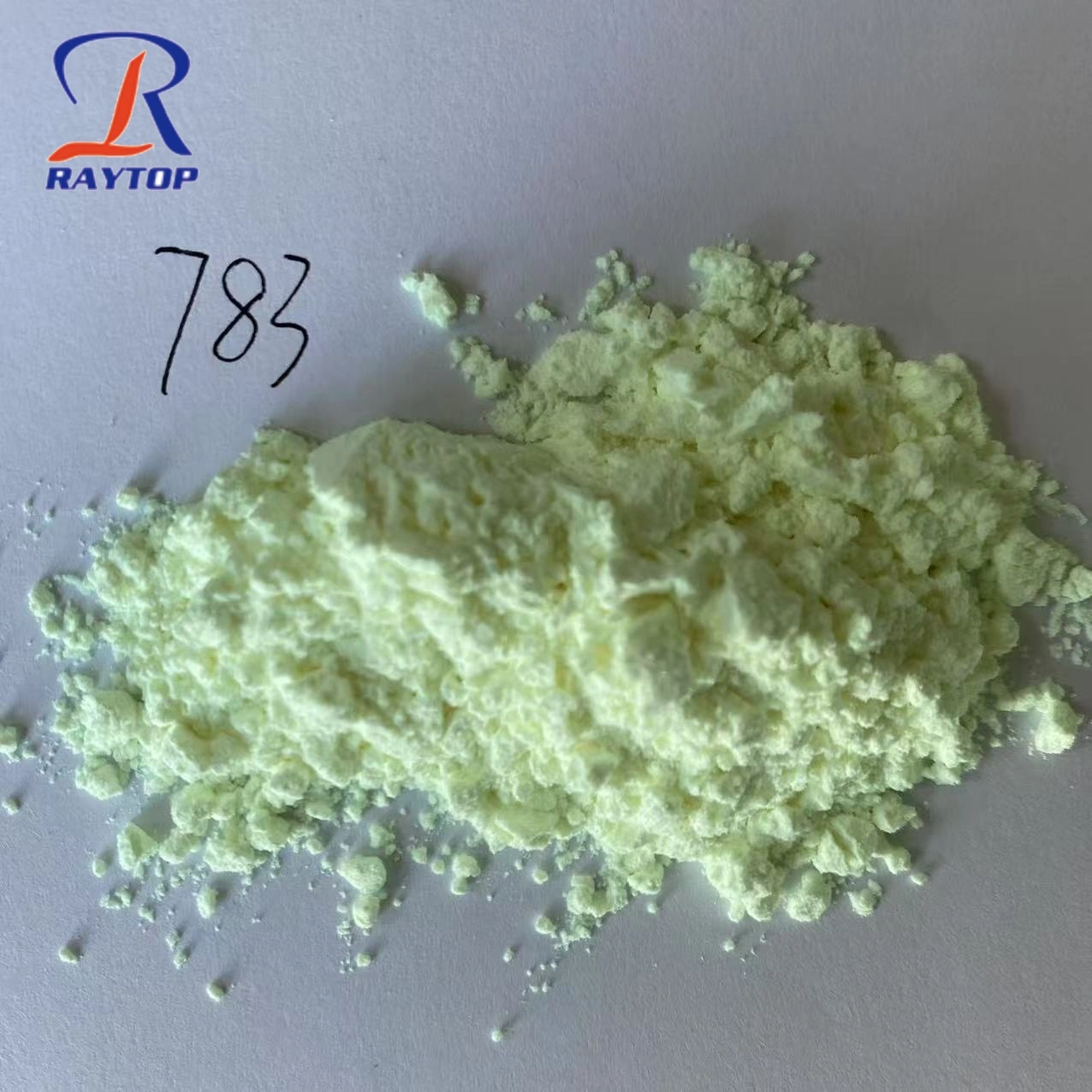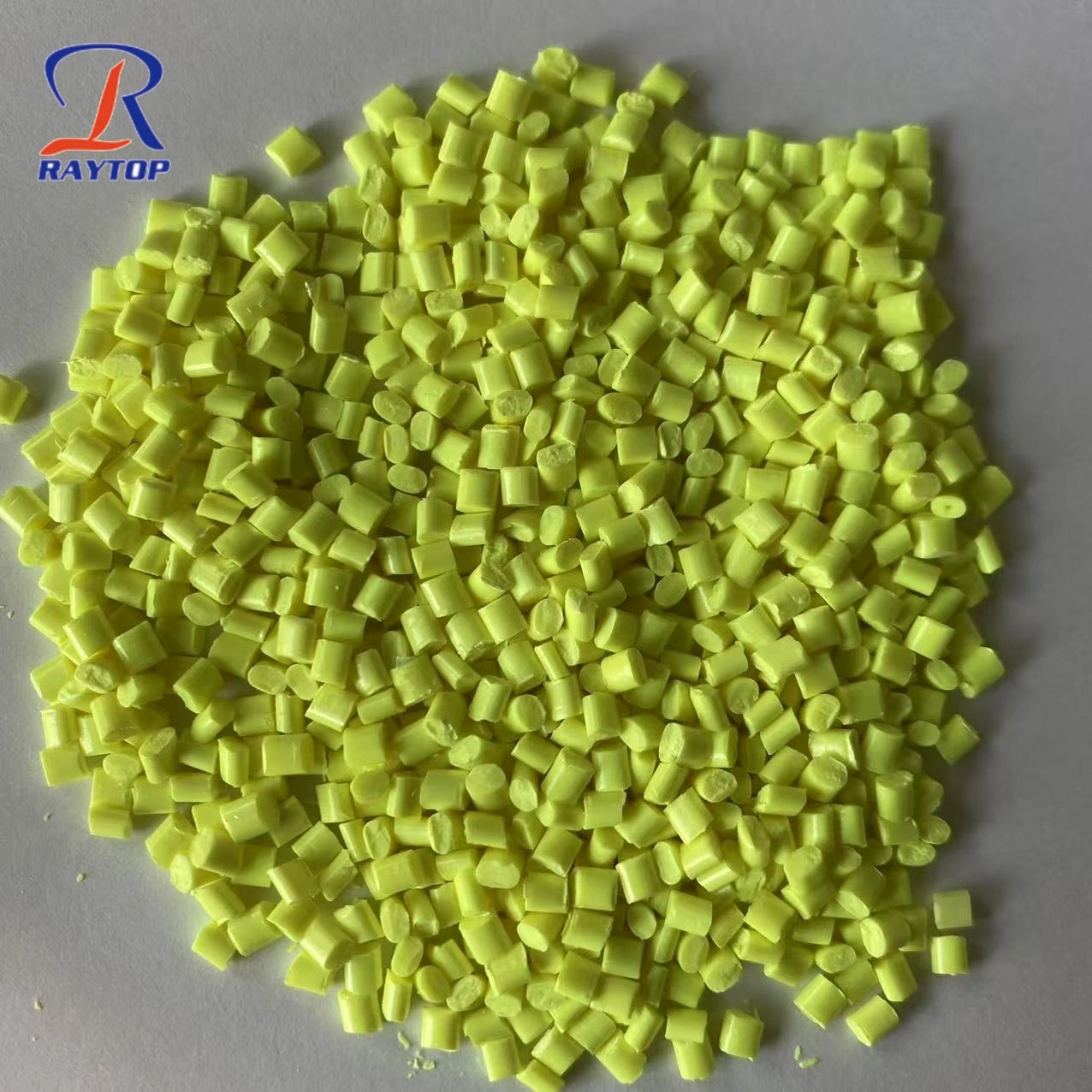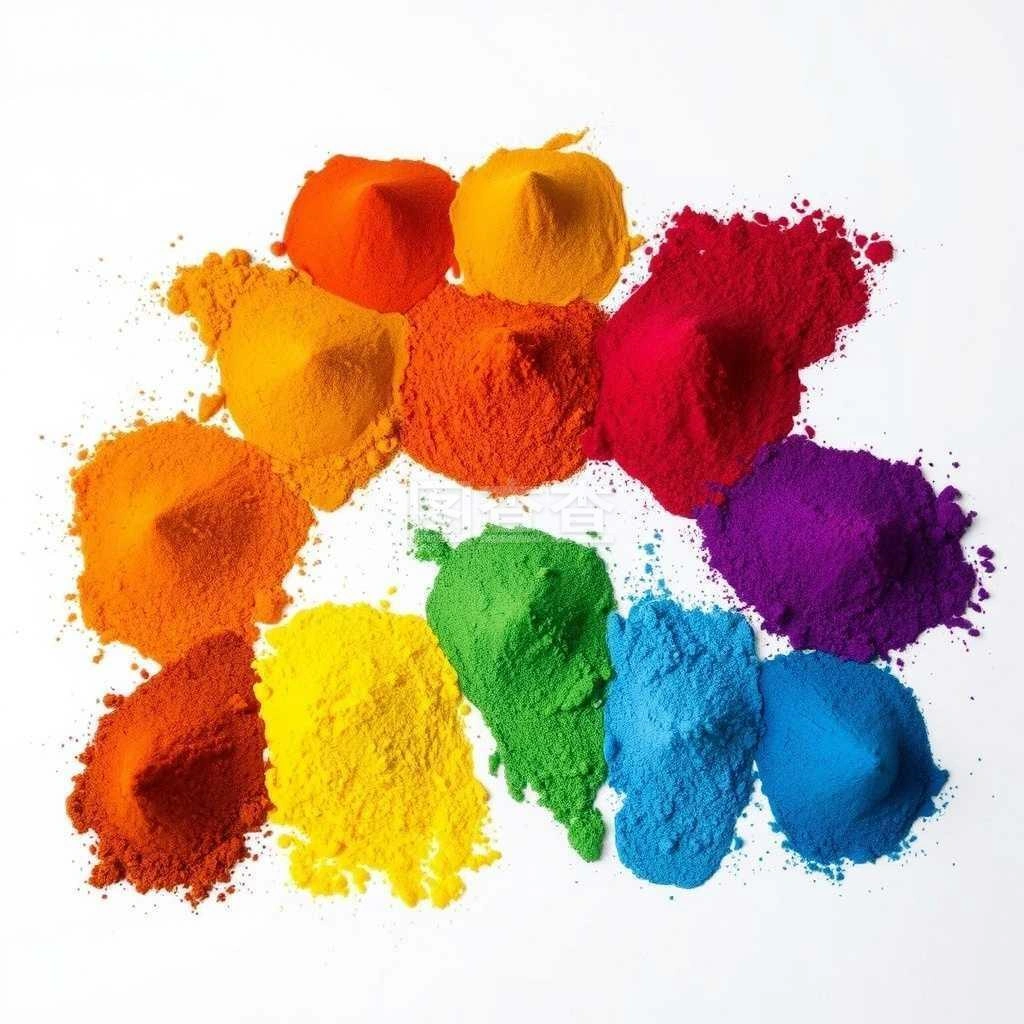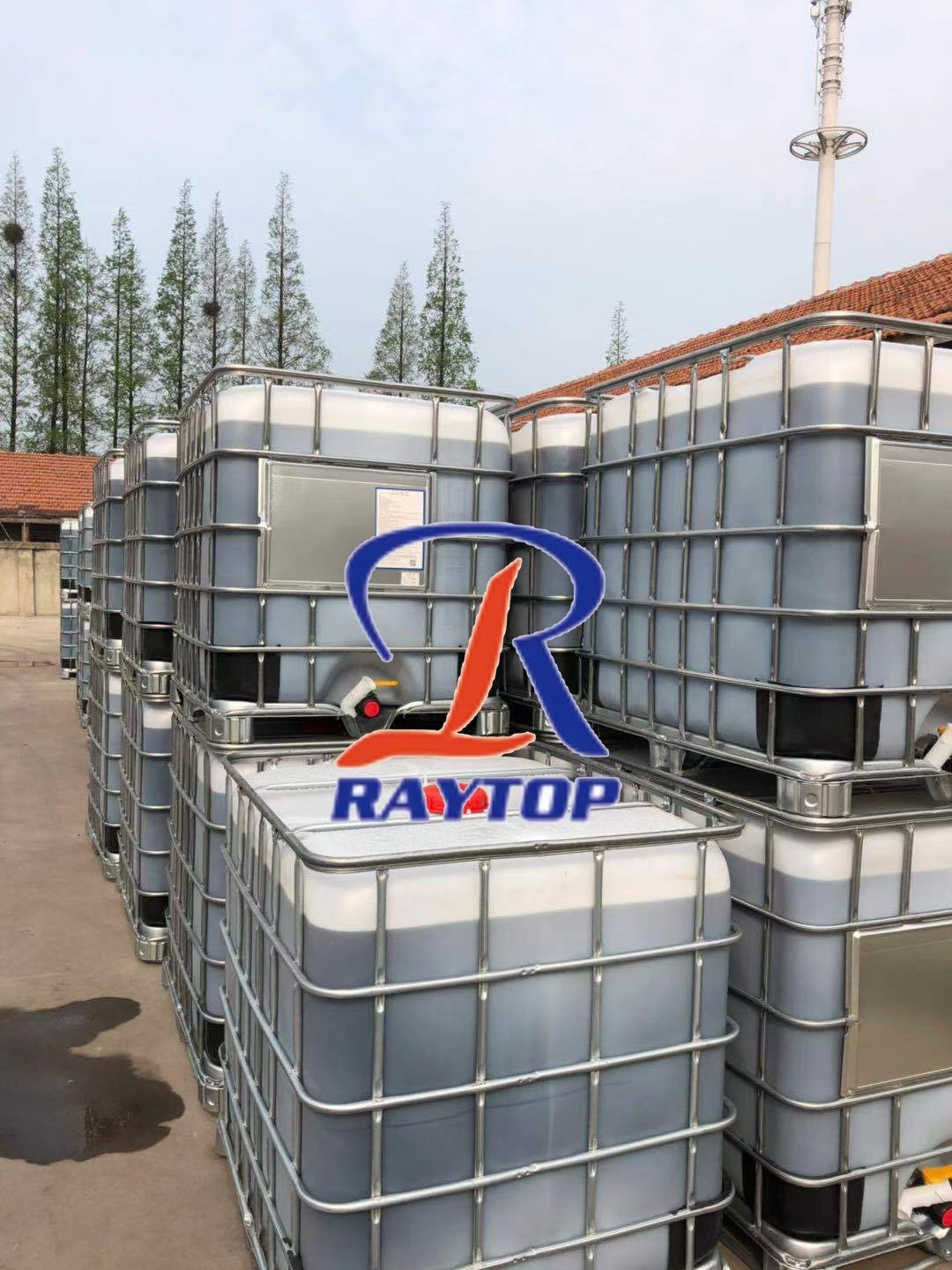Optical brightener ob can also be divided into ordinary and BASF. BASF's OB is recognized internationally, and its effect is beyond doubt. The optical brightener ob we now call is basically an ordinary ob. Its appearance is light yellow crystalline powder, the melting point is 201-203 ℃, the minimum absorption spectrum wavelength is 375 nm and the minimum fluorescence emission wavelength is 435 nm. Its effect doesn't need me to say anything more, and its wide use has explained everything.
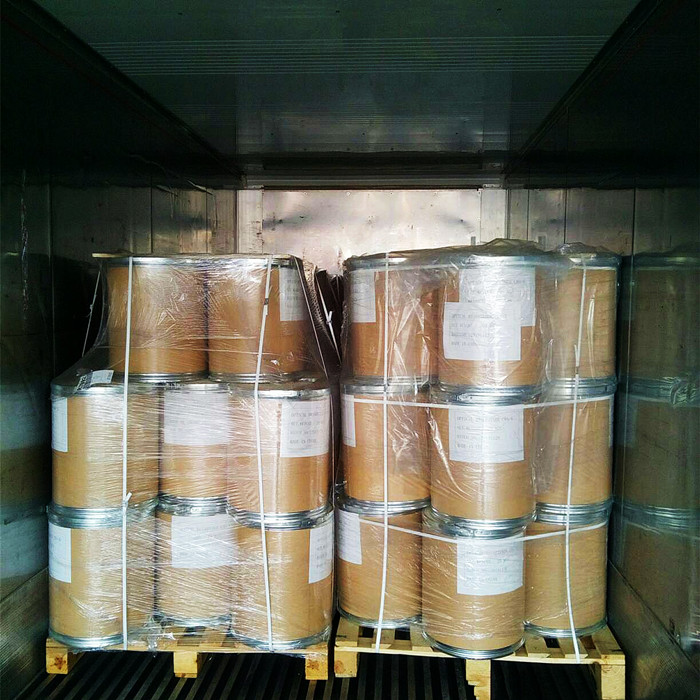
Optical brightener ob, as a high-level auxiliary, its addition amount is very small.
Normal dosage of optical brightener ob per 100kg of polymer PVC; 1-5 / 10000 white (10g-50g); 0.01-0.1 (0.1g-1g) of transparent material (which can improve the brightness of PVC); PS: 0.1 (1g) of white and 0.01-0.1 (0.1g-1g) of transparent; Abs: 1-5 / 10000 of natural color (10g-50g) (can effectively eliminate the inherent yellow in ABS) 1-5 / 10000 of white (10g-50g); PE and PP: colorless 0.05-0.1 (0.5g-1g) and white 0.5-5 (5g-50g); Other plastics: the dosage can refer to the above examples. Such a small addition has a great effect.
How to add optical brightener ob in such a small amount?
Because it is powder, it can be directly added with raw materials, stirred evenly and then produced. Generally, the mixer is used for mixing, otherwise the mixing may be uneven, and other conditions will occur during production. But some manufacturers may not have blenders. What should we do? Optical brightener ob is oily and can be dissolved in organic solvents. We need to use solvents to dissolve it, and then add it during production. However, these should be dissolved in proportion, because it also has a small solubility. If it is added, there will be insoluble precipitation. In production, the effect will be different if the dissolved solvent is added evenly according to the production volume.
Since the optical brightener is used, we need to choose the right one. We can't just find an optical brightener to use. If it doesn't work, it will delay our time, and there may even be other situations.
How to quickly judge the purity of optical brightener ob?
Tools / raw materials
Optical brightener ob (6g)
capillary
Precision Libra
Organic solvent (xylene)
Precision instrument -- melting point instrument
Utensils
How to quickly judge the purity of optical brightener ob
First weigh out 6 grams of optical brightener ob with a precision Libra
Pour 100 ml of organic solvent (xylene) into the vessel
Then, 6 g of optical brightener ob is gradually added to a vessel containing 100 ml of organic solvent (xylene) in three times and fully stirred
Check the dissolution of optical brightener ob by stages. If it is always clear and transparent without impurities, it is almost determined that this product is qualified in purity (pure product)
The second method to quickly judge the purity of optical brightener ob is to judge it by precision instrument - melting point instrument
Firstly, calibrate the melting point instrument, put the capillary tube equipped with optical brightener ob into the melting point instrument, and observe the change of dissolution value
Its standard melting point is 201-202 ℃, as long as the difference is less than 1 degree, and after dissolution, the optical brightener ob in the capillary is clear and transparent without impurities, it is proved that this product is qualified (pure)
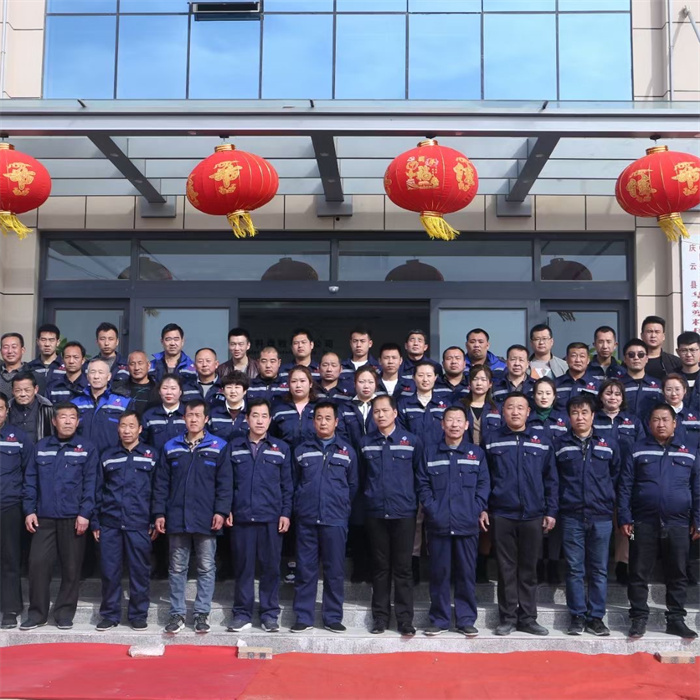
What is the difference between optical brightener OB and OB-1?
First, OB and OB-1 are completely different chemicals
The molecular formula of optical brightener ob is C26H26N2O2S, and the molecular formula of OB-1 is C28H18N2O2. We can clearly see from the molecular formula that they are completely different chemicals.
What product uses optical brightener OB and what product uses OB-1 more appropriately?
Although they are two different chemicals, we can guess that they have many similarities from the naming. For example, optical brighteners OB and OB-1 have a wide range of applications. Most plastics OB and OB-1 can be used in general, and the effect of whitening and brightening is obvious. So, what are the differences?
Adaptive range
Melting point: OB-1 > ob
Because the melting point of optical brightener ob is 200 degrees, and the melting point of OB-1 is as high as 360 degrees, it determines that optical brightener ob cannot be used in high-temperature plastic products, such as air conditioner casings and some kitchen utensils. Therefore, if your product needs high-temperature processing, optical brightener OB-1 is your advanced choice.
2. Dispersion and stability: OB > OB-1
Here, we should first explain that good dispersion means that the product is easier to dissolve evenly. For example, paint and ink have high requirements for the dispersion of optical brighteners; Good stability means that the product is not easy to migrate and yellowing in the later stage. For example, some inferior soles are white when they are bought back, but they turn yellow and discolored soon, which shows that the stability of optical brightener is poor.
Of course, it is not that the dispersion and stability of optical brightener OB-1 are not good, but it is slightly worse than ob. Because of this difference, it is generally not recommended to use optical brightener OB-1 in ink coatings and soft plastics. Ob has better dispersion and weather resistance, and is not prone to yellowing and migration.
The prices of OB and OB-1 are quite different
In fact, the big difference between optical brightener OB and OB-1 is the price. Xiaobian remembers that five years ago, the price of optical brightener ob was similar to that of OB-1, but later, due to environmental protection rectification, there were problems in the supply of raw materials for OB, so that the price of OB soared. Ob was more than twice as expensive as OB-1. According to Lianda's estimation, it may rise. Because of the huge price difference, customers who can use optical brightener OB-1 should try to choose OB-1. For customers with special requirements, such as high-end ink coatings and soft plastics, it is recommended to use ob.
In the face of the soaring price of optical brightener ob, we have developed a special brightener suitable for various products to replace optical brightener ob, so as to reduce your purchase cost, such as color masterbatch, special oily ink and coating additives. Customers who need this can contact us.
